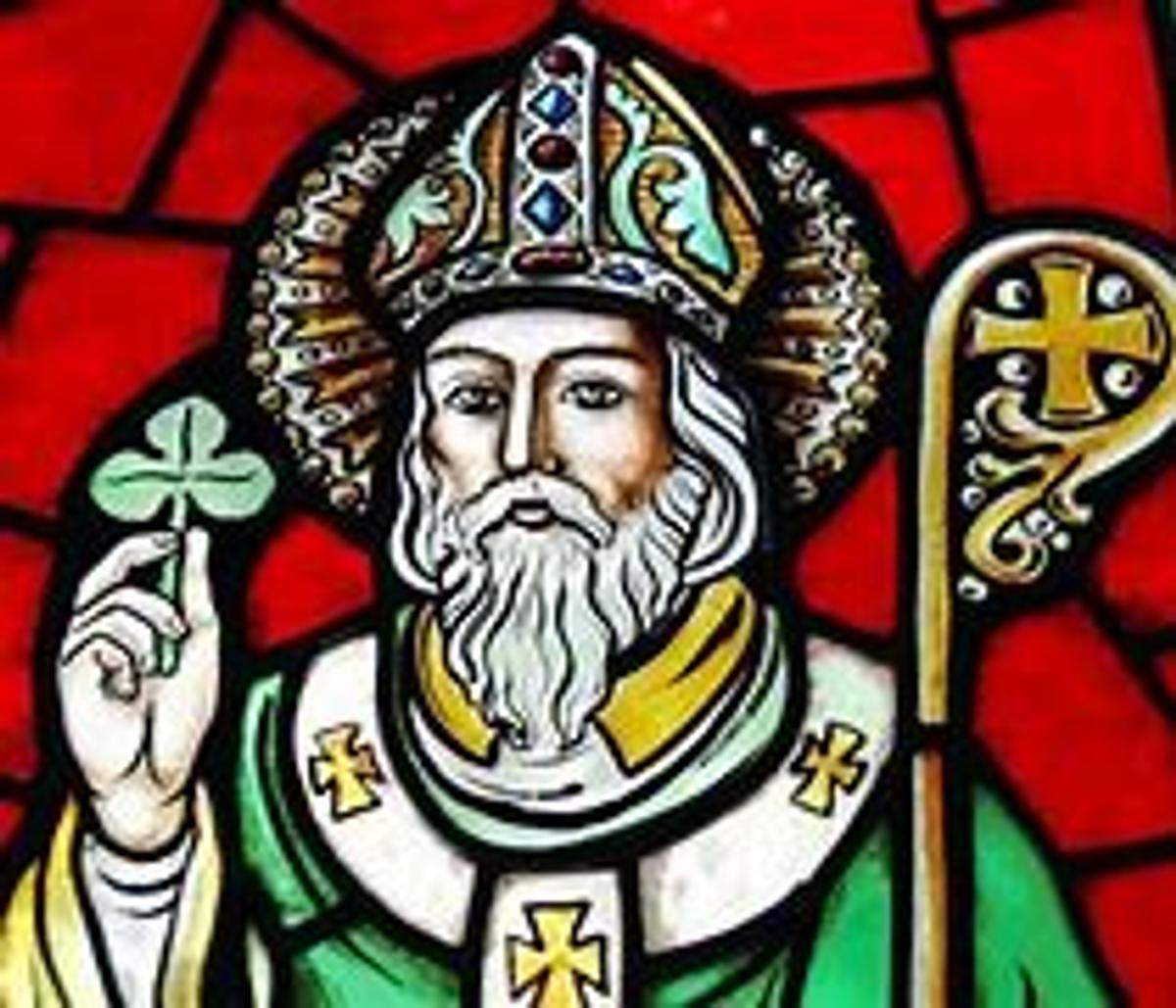Principal

The Science Behind Raising Readers
Last week, our students in Years 5, 7, and 9 undertook their NAPLAN tests in Literacy and Numeracy. NAPLAN is the only national assessment that all Australian children undertake and provides comparable data about student performance in literacy and numeracy nationally. It ensures there are consistent and well-understood measures of student achievement around the country. For teachers, NAPLAN gives access to student results for each question, which teachers can use to develop appropriate intervention strategies to improve outcomes. For parents/carers, NAPLAN provides information on how their child is performing against national standards, not just against other children in a class.
Literacy and numeracy help people gain the fundamental skills necessary to achieve success in life. There is a huge national strategy to improve literacy and numeracy and to support students to live a satisfying and rewarding life as well as being an active participant as an active and well-informed resident. Literacy and numeracy skills are crucial for accessing the broader curriculum because they are used in many aspects of our lives. Workplace numeracy, literacy and employability skills are often used in conjunction with one another. These required skills often overlap and are necessary for any task.
The Australian Industry Group has identified critical skill issues facing Australian businesses, with 99% impacted by low levels of literacy and numeracy. Adult Learning Australia reports that, “1 in 7 Australians (14%) have very poor literacy skills and 1 in 3 (30%) Australians have literacy skills low enough to make them vulnerable to unemployment and social exclusion.” Sounds pretty drastic, so what’s happening?
The good news is we are as a population the most educated (and literate) that we’ve ever been in history. Many more young Australians successfully complete school education than our forebears ever did. However, with the change in our workplaces and the rise of digital communication and ways of working, having good literacy skills has become much more important than it has ever been, even to navigate the basics of life.
And like many things being literate is not simple. It is not just decoding symbols on a page or a screen, it requires good general knowledge and an understanding of context and culture. It requires inference, guidance, and practice. It is underpinned by the successful acquisition of language, and that is dependent on exposure, positive experiences, and good health.
Unfortunately, there are too many Australian children who are starting school with delays in language and the other foundations of literacy. Once you get into the school classroom things move at a cracking pace. There is a widely held belief some students will be slower to learn to read compared with their peers, but given time, they will “catch up.” Evidence suggests otherwise – for many, the gap actually widens rather than narrows (Zubrick et al. 2015).
If children start behind, they usually stay behind.
Literacy is one of the main pillars of education. There’s a big focus on strengthening comprehension skills, understanding literary devices, and critiquing ideas. Being able to read and understand text is a foundational skill that facilitates learning in all other subject areas. Additionally, the more our children are exposed to books, the greater their reading skills, which in turn encourages them to read more, culminating in greater academic outcomes. This causal spiral creates a gap between readers and non-readers which widens every year. For example, in preschool and kindergarten, print exposure explains 12% of the variance in oral language skills, by university it explains a whopping 34%. But to focus on only the academic angle is a pretty narrow view of the benefits of reading. Adult book lovers innately know that there’s a lot more to the benefits of reading than just academic achievement. Here are just a few of the benefits.
Reading is an antidote to stress. For example, a study of children hospitalised in the ICU found that listening to a story for just 30 minutes reduced their levels of cortisol (stress hormone) and increased their levels of oxytocin (the love hormone). Similarly, over a whole academic year, a study of college students found that recreational reading was associated with reduced psychological distress. In other words, reading can help people cope with mental and physical health challenges by boosting resilience to stress. Reading allows us to connect meaningfully with our fellow humans. Neuroscientists have determined that reading fiction allows readers to strengthen a certain neural network, which in turn makes them better at using theory of mind capabilities (being able to consider the mental state of others). Reading makes us happier. A study of older adults found that frequent fiction readers report greater life satisfaction and greater positive affective well-being. Reading helps us live longer! A longitudinal study of 3,675 participants found that book readers experience a survival advantage. This line from the study sums it up best: “The benefits of reading books include a longer life in which to read them.” Clearly a love for reading leads to a much more fulfilling life and that’s something we definitely want to pass on to our children!
So how can we implement a reading culture in our home?
Read together.
This is the easiest and most effective way to encourage reading in kids of any age. Reading aloud has a strong and long-lasting effect on reading and cognitive skills. However, if your child has moved on from wanting to hear you read aloud to them, try listening to audiobooks! In addition to physical books and eBooks, many libraries also offer audiobooks, making reading even more accessible.
Have physical books.
Make them available and accessible throughout your home. Literally, show kids how important books are by giving them valuable space in your home. Having lots of books in your home has a greater relationship with your child’s reading ability than even being a good reader yourself. If you’re not sure how to get started, the first stop is a visit to your local library! There are thousands of books waiting to be discovered. Borrow as many as you can carry!
Be a model.
Show kids that you enjoy using your free time to read. Kids imitate us, so we can inspire them to read simply by picking up a book and reading in their presence.
No pressure.
If you really want to raise a kid who loves to read, they need to be intrinsically motivated. Intrinsic motivation trumps extrinsic motivation by a landslide. A study of 4,000 US students found that if the motivation comes internally (choosing to read because it is enjoyable, etc), there are positive outcomes in terms of reading amount and reading comprehension. However, external motivation (bribing kids to read with stickers, money, etc) has a negative association with reading amount and reading comprehension. In his book Punished by Rewards, Alfie Kohn suggests that the only reward that should ever be offered for finishing a book is the opportunity to pick a new one. Reading is life changing. A child’s curiosity is insatiable, and reading is the buffet that never ends. It is both a passport and time machine - taking readers to new countries, imaginary worlds, across the galaxy, to the distant past or forward to strange futures. Learning to read is good. Learning to love reading is magical. (Dr Justin Coulson, 2024, Happy Families)
Sunday 17 March: Solemnity of St Patrick
Last Sunday, the Church celebrated the Feast Day of St Patrick, and we acknowledged him in our Friday morning mass. The Christian Brothers held this solemnity close to their hearts given they were from the Emerald Isle.
St Patrick is the face of Ireland. So much so that it is sometimes hard to know how far Ireland and its people are reshaped to wear St Patrick’s face and how far St Patrick is remodelled to fit whatever image that we have of Irish people. For those of us with some link to Irish roots, our image of St Patrick might be of a stately man with mitre and staff on a field of green with snakes scurrying away from it, presiding genially over the Irish dancing, the marches through the city, the haunting folk songs and the pints of Guinness that mark his feast day.
Like the story of his fellow patron St Brigid, St Patrick’s life is a fairly empty page on which generations of people have written. Perhaps the two best-known stories that we see represented in many of the paintings of him tell us how he drove the snakes out of Ireland and how he used the image of the three-leafed shamrock to teach his people how we might think of God as three in one. Both these stories seem to date from many centuries after his death. But they remain popular because they show vividly the difference that St Patrick’s preaching made to people’s lives, and how closely in Irish devotion God’s presence is intertwined with the beauty and the detail of the natural world.
According to St Patrick’s own brief account of his beginnings, he grew up in northern England in the late fourth century, but as an adolescent was captured by pirates and sold as a slave in Ireland. As a young adult, he became Christian. He felt called to escape from captivity and to make his way back to England where he became a priest and later Bishop. He was famous for preaching the Gospel in a society where he faced many disadvantages. In a society in which clan and the exchange of gifts were central in all relationships, he accepted no gifts and belonged to no clan. He appears to have directed his preaching to women, many of whom he encouraged to live the monastic life. He certainly made enemies because of the success of his preaching. His account of his early life is preserved as part of his defence against the accusation that he had been motivated by the thirst for money.
Perhaps we come closest to entering Patrick’s inner life through a hymn attributed to him often referred to as St Patrick’s Breastplate. It imagines putting on all the things that God has given us as armour against sin, including the beauty and strength of nature:
I bind to myself to-day, The power of Heaven, The light of the Sun, The whiteness of Snow, The force of Fire, The flashing of lightning, The velocity of Wind, The depth of the Sea, The stability of the Earth, The hardness of Rocks. |
|---|
Winner in Public Speaking
Over the last few weeks, a number of our students have been competing in the Catholic Public Schools competition. I am delighted to announce that Luca Serratore (Year 9) was an eventual winner in his age group! His coach, Mrs Porter, his MIC, Mrs Lombardo, and the College community are so very proud of him.
In Memoriam
We keep in our prayers:
- Adrian (10) and Luka (11) Senese and their family as they mourn the loss of their grandmother, Mrs Senese.
- Joseph Rigon (Year 11) and his family on the recent loss of his grandfather.
- We also pray for the Donovan Family on the loss of their patriarch Old Boy John ‘Jack’ Donovan (’42). John came to St Patrick’s College with his brother Patrick ten years after the College’s foundation in 1938 and graduated in 1942. Mr Donovan witnessed the excavation of Breen Oval and as a member of the First XI Cricket team, he played in the first Cricket match against CBC Wollongong in 1941. Mr Donovan is father to Old Boys Paul (’72), John (’75) and Jane Donovan, and grandfather to Old Boys Andrew (’01), Luke (’03) and Paul (’06).
Eternal rest grant unto them, O Lord, and let perpetual light shine upon them. May their souls and the souls of all the faithful departed, through the mercy of God, rest in peace. Amen. |
|---|
Dr Vittoria Lavorato
Principal
SPC boys can do anything!
**except divide by zero




